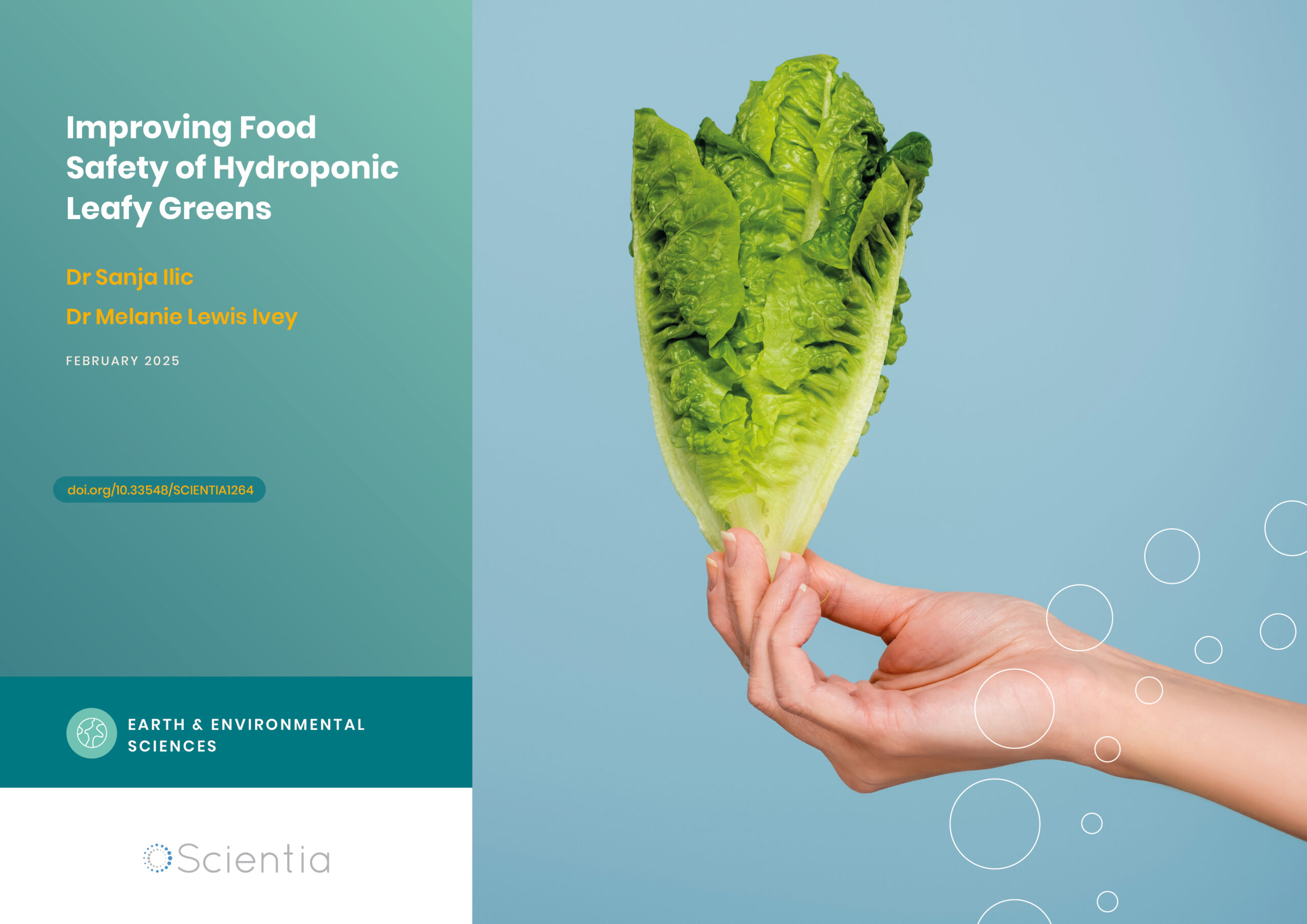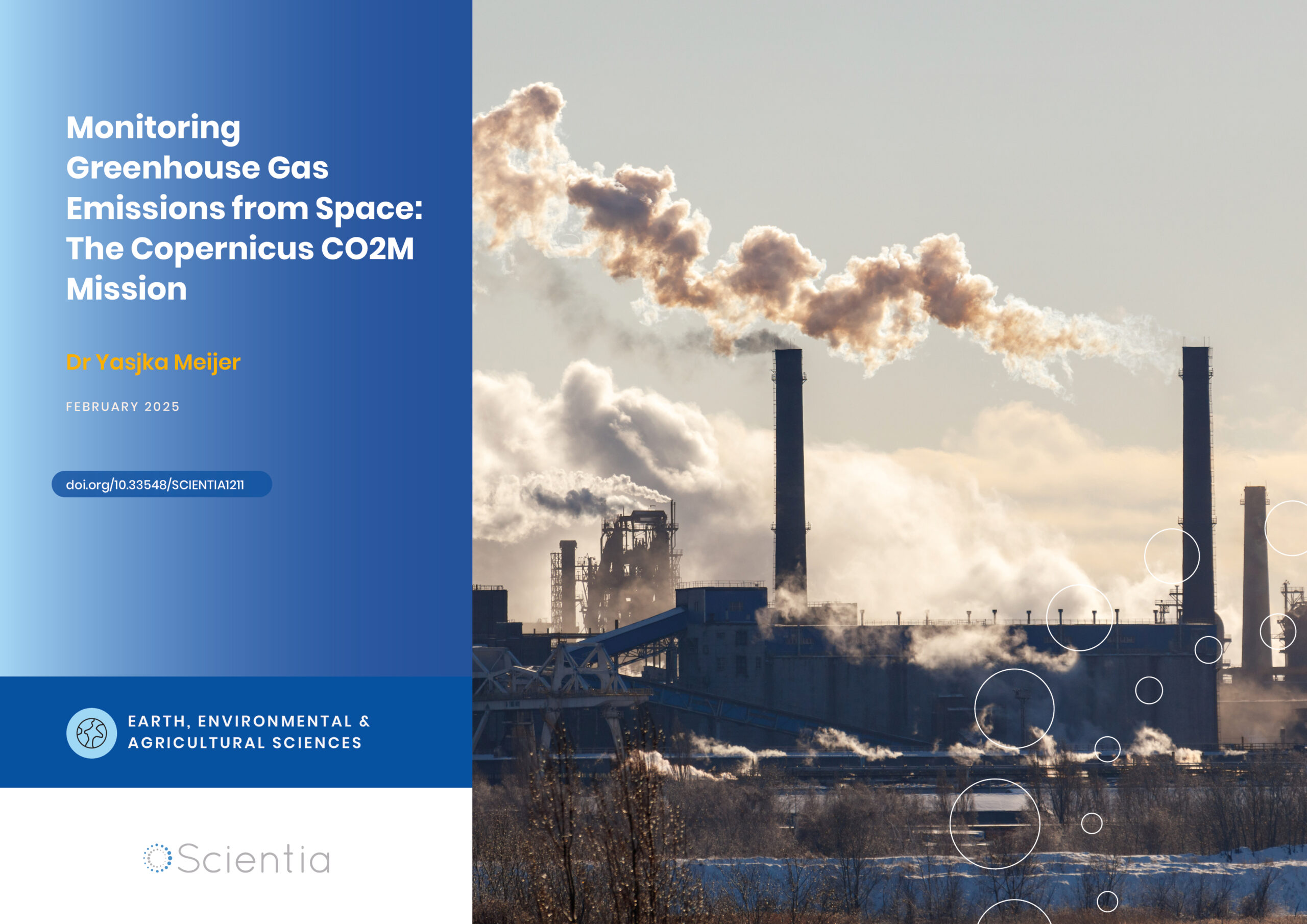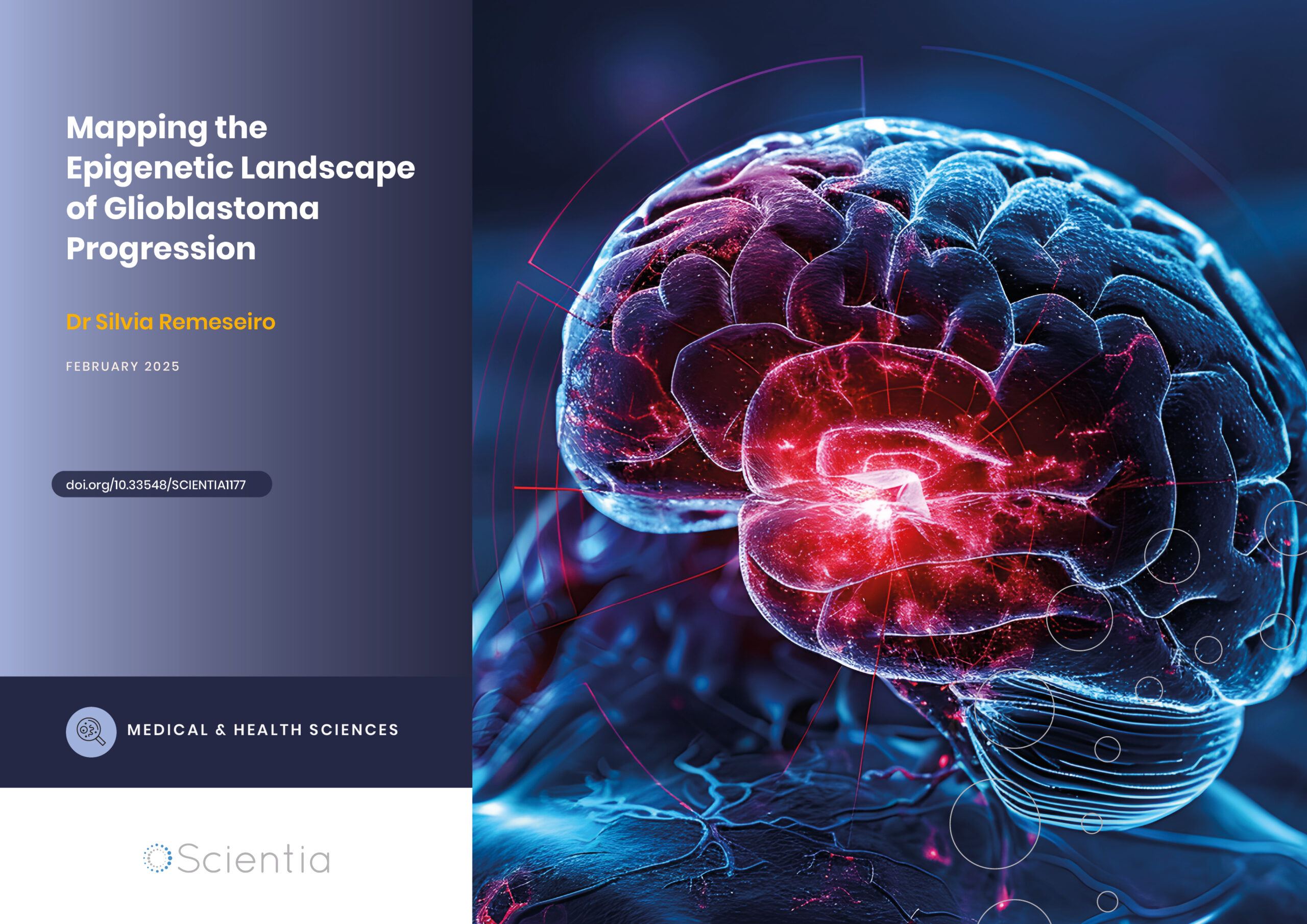The Virgo Interferometer
 Located near the city of Pisa in Italy, the Virgo interferometer is the most sensitive gravitational wave detector in Europe. The latest version of the interferometer – the Advanced Virgo – was built in 2012, and has been operational since 2017. Virgo is part of a scientific collaboration of more than 100 institutes from 10 European countries. By detecting and analysing gravitational wave signals, which arise from collisions of black holes or neutron stars millions of lightyears away, Virgo’s goal is to advance our understanding of fundamental physics, astronomy and cosmology. In this exclusive interview, we speak with the spokesperson of the Virgo Collaboration, Dr Jo van den Brand, who discusses Virgo’s achievements, plans for the future, and the fascinating field of gravitational wave astronomy.
Located near the city of Pisa in Italy, the Virgo interferometer is the most sensitive gravitational wave detector in Europe. The latest version of the interferometer – the Advanced Virgo – was built in 2012, and has been operational since 2017. Virgo is part of a scientific collaboration of more than 100 institutes from 10 European countries. By detecting and analysing gravitational wave signals, which arise from collisions of black holes or neutron stars millions of lightyears away, Virgo’s goal is to advance our understanding of fundamental physics, astronomy and cosmology. In this exclusive interview, we speak with the spokesperson of the Virgo Collaboration, Dr Jo van den Brand, who discusses Virgo’s achievements, plans for the future, and the fascinating field of gravitational wave astronomy.
How are observable gravitational waves generated?
Observable gravitational waves are generated by massive compact objects, such as neutron stars and black holes, that experience extreme accelerations. Since gravitational waves are perturbations in the fabric of spacetime, they affect the trajectories of light waves, and this can be detected by measuring the proper distance between the mirrors that make up the Virgo interferometer.
The curvature fluctuations are tiny and cause minor relative length differences. These length differences are similar in size to the ratio of the thickness of a human hair compared to the distance between Earth and the nearest star, Proxima Centauri. For this reason, it has taken decades until we succeeded to make a detection with our kilometre scale interferometers.

CREDIT: EGO/Virgo
In February 2016, alongside LIGO, the Virgo Collaboration announced the first direct observation of gravitational waves, made using the Advanced LIGO detectors. Please tell us about the excitement amongst members of Collaboration, and what this discovery meant for Virgo.
The discovery of gravitational waves from the merger of two black holes was a great achievement and caused excitement to almost all impassioned scientists. The merger was the most powerful event ever detected and could only be observed with gravitational waves. We showed once and for all that spacetime is a dynamical quantity, and we provided the first direct evidence for the existence of black holes.
Moreover, we detected the collision and subsequent coalescence of two black holes with unexpectedly high mass, and we could test Einstein’s theory of gravity, general relativity, in a regime of extreme gravity. Members of the Virgo Collaboration contributed to the data analysis and interpretation, while at the same time the work on the Advanced Virgo detector continued with a lot of dedication and intensity.
‘Observable gravitational waves are generated by massive compact objects, such as neutron stars and black holes, that experience extreme accelerations. Since gravitational waves are perturbations in the fabric of spacetime, they affect the trajectories of light waves, and this can be detected by measuring the proper distance between the mirrors that make up the Virgo interferometer.’

CREDIT: EGO/Virgo
What observations of gravitational waves have been made by the Virgo Interferometer itself, since this initial discovery four years ago?
While the Advanced Virgo detector did not join the first science observation run, O1, it did join runs O2 and O3. The data of O1 and O2 have been analysed, published, and the data and analysis tools have been made available to the general public. In total, we detected 11 events and Virgo contributed to five of these events, even though Virgo only joined one month out of a total of 14 months of observations in O1 and O2.
All these events originated from the merger of two black holes, except for event GW170817, detected on August 17, 2017, hence its name. Virgo was instrumental in the localisation of what turned out to be a binary neutron star merger. GW170817 saw gravitational waves in coincidence with a gamma-ray burst that was detected by the Fermi and INTEGRAL spacecraft. The event was localised in galaxy NGC 4993 and has been studied by astronomers in wavelengths from radio to X-rays. This detection marks the birth of multi-messenger astronomy with gravitational waves and has made an enormous scientific impact.
On March 27, 2020, the LIGO Virgo Collaboration suspended run O3 due to the COVID-19 pandemic in order to protect the staff at the observatories. This run was a great success, and due to the improved sensitivity of the instruments no less than 56 open non-retracted alerts were released to the public. So far, we published on one of these events, GW190425, which is consistent with being a binary neutron star merger, the second one after GW170817. At present, the collaboration is working hard on the analysis of a great scientific harvest of exciting O3 data.
In terms of physics and cosmology, what new insights have Virgo’s observations offered so far?
The black hole merger observations revealed a new population of black holes with mass significantly higher than expected for stellar mass black holes. Detailed analysis demonstrated that solutions of the Einstein field equation correctly describe the observations. Together with the binary neutron star event, we demonstrated that important cosmological information can be obtained.
Moreover, the neutron star merger allowed us to extract a property known as the tidal deformability, which provides important information on the equation of state of neutron stars. It is important to note that the accuracy of such information will rapidly improve in the next observation runs when the sensitivity of the instruments improve and the event rate increases.
The joint measurements from both LIGO and Virgo allowed us to constrain the polarisation degrees of freedom of gravitational waves. Moreover, the three-fold LIGO Virgo coincidence measurements featured a significantly improved sky localisation, allowing astronomers to more easily identify the source of an event and to look for electromagnetic counterparts.
‘Virgo was instrumental in the localisation of what turned out to be a binary neutron star merger. This detection marks the birth of multi-messenger astronomy with gravitational waves and has made an enormous scientific impact.’

CREDIT: EGO/Virgo
What are you most excited about for the future of Virgo, and gravitational wave astronomy in general?
Gravitation is the least understood fundamental interaction. In an attempt to answer the many open questions, worldwide intellectual activity is ongoing, both on the theoretical front by studying the boundaries between general relativity, quantum field theory, and cosmology, and through experimental activities in astronomy, particle physics, and dark matter searches.
Gravitational wave science is a new approach that has enormous scientific potential. It would be most exciting to shed light on the important issue of the nature of dark matter, for example by observing gravitational waves from primordial black holes, or to discover signals from quantum gravity, perhaps by observing echoes in black hole mergers.
Third generation instruments such as Einstein Telescope can use signals from binary mergers to study the equation of state of dark energy. Most exciting is the realisation that the entire Universe has been transparent for gravitational waves, all the way back to the Big Bang, and it would be wonderful to receive direct signals through this new window from our Universe at times as early as 10-34 seconds.
In future, how important is Virgo’s continued collaboration with other gravitational wave observatories, as well as groups operating telescopes?
Continuously improving the sensitivity of Virgo and future observation with LIGO, KAGRA and LIGO-India will be paramount, as the operation of a global international network of gravitational wave observatories (termed IGWN) will produce the best possible scientific data.
As GW170817 has demonstrated, the deepest insights will be obtained by multi-messenger astronomy and it would be spectacular if in the not too far future joint signals could be obtained from gravitational waves, electromagnetic radiation from radio to X-ray and gamma rays, neutrinos and perhaps other elementary particles.
Reference
https://doi.org/10.33548/SCIENTIA509
Creative Commons Licence
(CC BY 4.0)
This work is licensed under a Creative Commons Attribution 4.0 International License. 
What does this mean?
Share: You can copy and redistribute the material in any medium or format
Adapt: You can change, and build upon the material for any purpose, even commercially.
Credit: You must give appropriate credit, provide a link to the license, and indicate if changes were made.
More articles you may like
Improving Food Safety of Hydroponic Leafy Greens
Hydroponic farming is experiencing rapid growth worldwide, offering a sustainable and efficient method of producing fresh, nutrient-rich crops. However, the unique conditions of hydroponic systems also present complex food safety challenges. Dr Sanja Ilic and Dr Melanie Lewis Ivey, researchers at The Ohio State University, are at the forefront of efforts to understand and mitigate the risks of human pathogen contamination in commercial hydroponic production. Their pioneering work is providing crucial insights and practical guidance to help ensure the safety and nutritional value of hydroponically grown leafy greens.
Dr Paul Robertson | Artificial Intelligence in the Cockpit: New Systems Could Help Prevent Aviation Accidents
Despite significant advances in aviation safety over recent decades, accidents still occur that could potentially be prevented with better warning systems. Dr Paul Robertson of Dynamic Object Language Labs, Inc. (DOLL) is leading groundbreaking research into how artificial intelligence could help pilots avoid dangerous situations. His team’s work reveals promising developments and important cautions about implementing AI in aircraft cockpits, with implications for the future of aviation safety.
Dr Yasjka Meijer | Monitoring Greenhouse Gas Emissions from Space: The Copernicus CO2M Mission
Atmospheric concentrations of carbon dioxide (CO2) and methane (CH4) have been steadily rising due to human activities, contributing to global climate change. Dr Yasjka Meijer from the European Space Agency is responsible for the objectives and requirements of the Copernicus Anthropogenic Carbon Dioxide Monitoring (CO2M) mission – a constellation of satellites that will enable the monitoring of anthropogenic greenhouse gas emissions from space with unprecedented accuracy and detail. This groundbreaking mission aims to support international efforts to reduce emissions and combat climate change.
Dr Silvia Remeseiro | Mapping the Epigenetic Landscape of Glioblastoma Progression
Glioblastoma, the most aggressive form of brain cancer, continues to challenge medical professionals with its poor survival rates. Recent groundbreaking research by Dr Silvia Remeseiro and her colleagues at Umeå University in Sweden has shed light on the complex epigenetic and chromatin-related mechanisms underlying the communication between neurons and glioma cells. This research opens new avenues for understanding and potentially treating this formidable disease.




